In this time of COVID-19, as we all try to stay healthy, often the “easiest” thing to do has been to stay home. But sometimes family issues make it important for us to travel regardless of the pandemic. So it was for us. It became clear that we needed to visit with some family members. But how to do that while keeping ourselves and family members safe was critical. Our first decision was to drive rather than fly. And to do that, we knew that we needed to stay at hotels rather than in friends and families’ homes. By traveling in late September thru early October we believed that milder weather would allow us to eat outside for many meals rather than inside a restaurant. We knew it would be hard not to hug family and friends, but we set our “rules” to be as careful as possible, protecting ourselves and family members from potential exposure to the virus.
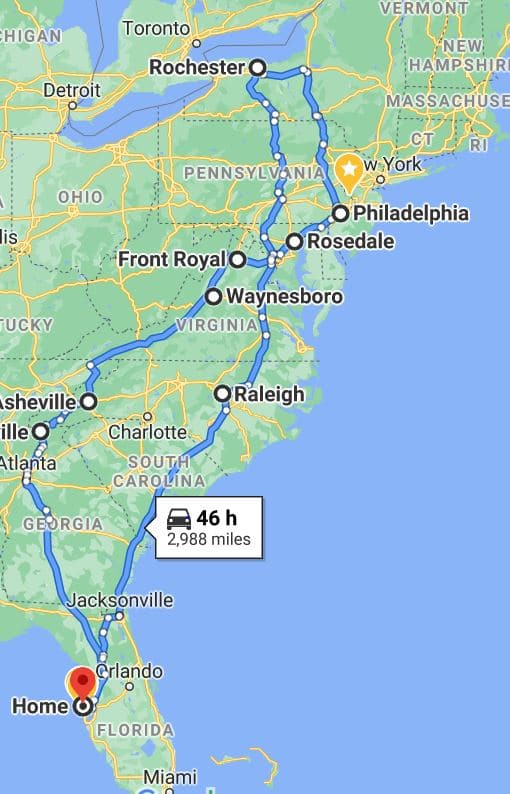
Our trip involved 3,500 miles of driving, 9 hotels, 6 patios and a lot of take-out food, fist-bumps, mask-wearing and social-distancing. We travelled from Clearwater Florida to Rochester New York and back. We visited Philadelphia, PA, Baltimore, MD, Raleigh-Durham, NC, and a number of other places along the way.
Now that we are back at home, sorting through receipts and photos, it feels good to think thru what we saw and learned, both as “regular old” travelers and as travelers accommodating a disability.
As anyone with the disability knows, accessible travel requires a great deal of planning. We can never assume that a hotel, restaurant, park, or other destination will be appropriately accessible. We have stayed at many hotels representing most of the major chains. And yes, some chains are better than others. But each individual hotel can be better or worse than even their sister properties (For example, one Marriott Courtyard can be better than another Marriott Courtyard, and so on). In fact, often, even different rooms within the same hotel can be different. Because we stayed at so many hotels on this trip, I found that we had the opportunity to quickly compare a number of different room, bed, toilet, and shower configurations for how accessible they really were. And even with this limited sample, we saw that different companies show different attitudes toward accessibility.
Here is a “quick” summary of several topics, but we will be digging deeper into some of them in later blogs and podcasts.
Hotels –
- “Brands” – I recall reading, several years ago, that Hilton properties were the most consistently accessible. My experiences have generally agreed with that. Over the past several years we have gravitated more and more to Hampton Inns which are Hilton properties. The rooms can be slightly different from location to location but have all been good. Marriott properties can also be counted on to be accessible and well-designed. Over the years we have seen that Best Western properties to be mixed. Some, including the one we just visited in Blairsville GA are excellent. But others are old with inconsistent accessibility. Similarly, Holiday Inn properties have been mixed for us too. Holiday Inns have tended to be older with smaller rooms that challenge wheelchair use, while Holiday Inn Express hotels have been newer and roomier. On this recent trip we tried our first Comfort Inn and found it to be good. Across all “brands” we have found newer properties to be more accessible because there can be limits to how well an older layout can be jury-rigged for easy access.
One sidenote… We have had so many so many bad experiences with Wyndham properties that I simply avoid them now.
- Rooms – There is no perfect configuration for an accessible room, but as mentioned earlier, larger is better. Wheelchairs take up a lot of space, and because of this, some older hotels really challenge our ability to move between beds and other furniture.
- Showers – In our past travels we have seen so many poorly designed roll-in showers that I request “tub with bench” showers instead. But, based on what is available, we had some of each on this trip. Because my disability allows me to stand and pivot, I have that option. Ultimately, the most important features of any shower configuration must be the stability of the seating and the ease of access to shower controls. On this trip there were no “perfect” showers, just “good” and “not-as good” ones.
Roll-in showers tend to drain poorly and send water all over on the bathroom floor. But, on the other hand, these types of showers can make access to seating easier and more direct. The in-shower benches can be plastic portables or built-ins. Each individual set-up needs to be assessed for safety before we discover, mid-shower, that there is some kind of “fatal flaw”
“Tub with bench” set-ups can contain water better, but the shower curtain configuration can make a big difference. (On this trip, one shower had a curtain that was so short that water still sprayed out onto the bathroom floor.) Just as with roll-in showers, benches can be plastic portables or built-ins and each individual set-up needs to be assessed for safety at the start.
Especially as showers are concerned, I really wish that every property actually “beta-tested” their offering from a wheelchair to confirm that they work. At several properties, the shower controls could not be reached from the shower bench. At one, the blow-drier was mounted about 5 feet up a wall and could only be turned on and off from a standing position. Hmmm – Who approved those?
- Beds – Arguments can be made for almost any type of bed, but, when a hotel guest is a wheelchair user, lower beds are particularly important. It has always been surprising when “handicapped accessible” rooms have tall beds that are essentially unreachable from a wheelchair. Similarly, soft “pillow-top” mattresses are extremely difficult to slide across for a physically challenged individual. Unlike other guests, wheelchair users probably prefer lower, firmer beds.
- Toilets – Individuals can have different needs as far as toilet positioning and available grab-bars are concerned. Because of this, I understand that it is difficult to design a perfectly accessible toilet for all guests. By the same token, most of the toilets we saw in hotels were “good enough” but not as secure and safe as possible. Some had oddly positioned grab bars, several had weakly secured toilet seats. Fortunately, these days all toilets seem to be of the taller, “comfort-height” configuration. Interestingly, even the flooring configuration can matter in safe bathroom access – some bathroom floors were too slippery to be safe.
Stopping for bathroom breaks when traveling– When we were on the road, we found that the safest place to stop for bathroom breaks were the official highway rest stops. This was because access to the bathrooms required the least amount of negotiation through doorways. Many of the rest areas also have larger family access bathrooms. Where rest stops don’t exist, we typically seek out a McDonald’s first because of their predictably good bathrooms. Acceptable second choices for us included grocery stores (such as Publix or Ingles) or the larger convenience stores (such as Wawa and Sheetz).
No matter where we stopped, we followed good coronavirus protocols that included Mask wearing, hand washing and using paper towel to open doors. Once we were back in the car, out came the hand sanitizer as well.
Finding ways to eat that are pandemic safe – Just like at home, we avoided eating at indoor restaurants. Only one of the hotels where we stayed had an open on-site restaurant but in every town, there were restaurants that allowed for pick up or delivery. In several cases we also went to the local grocery store and picked up premade food. Clearly this trip was different than normal travel, but we still had enjoyable meals and kept ourselves safe.
While most hotels had “free breakfast” offerings, now, because of the pandemic most are providing morning “grab and go” bags, which we often grabbed and went!
Visiting with friends and family – Before Covid, we might have arranged to meet up with people at restaurants, but because of pandemic concerns, we felt it was safer to meet at private homes and sit on patios to eat. Needless to say this created its own set of problems since so many homes are not well handicapped accessible. Despite this, we prevailed. Because we had our own vehicle, we were able to bring along 2 mobility devices – a power wheelchair and a manual one. Since, my disability allows for me to work my way up some stairs (sometimes on my butt!) we were then then able to use the manual chair in a few homes. Not a perfect solution, but an acceptable one.
Tourism – After all the other issues were covered, in the end we wanted to make this journey an enjoyable one by seeing beautiful sites along the way. A few of our days just involved driving on numbered interstate highways like I-95. But most of this trip involved beautiful roadways like Skyline Drive (Shenandoah National Park) and The Blue Ridge parkway. We also travelled on roads that had names like the Appalachian highway and the Southern Tier Expressway. Fortunately, all these roads had some marked pullovers for sightseeing and picture taking. Some even had picnic areas or connections to local parks. I’d like to report that everything was accessible, but that was not the case. All of the stops we made on Skyline Drive were. On the Blue Ridge, not so. Fortunately, we anticipated this and metered our liquid consumption, planned for breaks in local towns (see “bathroom breaks” above!) and packed plenty of Poise as well.
We did have a wonderful experience with a National Park Service Ranger who unlocked a park building to offer an accessible restroom when we hadn’t found one. (He also treated us to a great story about how Andy of Mayberry was based on the local town and people of Mount Airy!)
Now that this trip is “in the rear-view mirror” we are left with many beautiful photos and memories of wonderful interactions with family, friends and even a few strangers. We were reminded that that traveling is easier without a pandemic just as we already knew that traveling is easier without a disability.
But, we were again reminded that with resourcefulness so much is still possible – pandemic or not, disability or not!
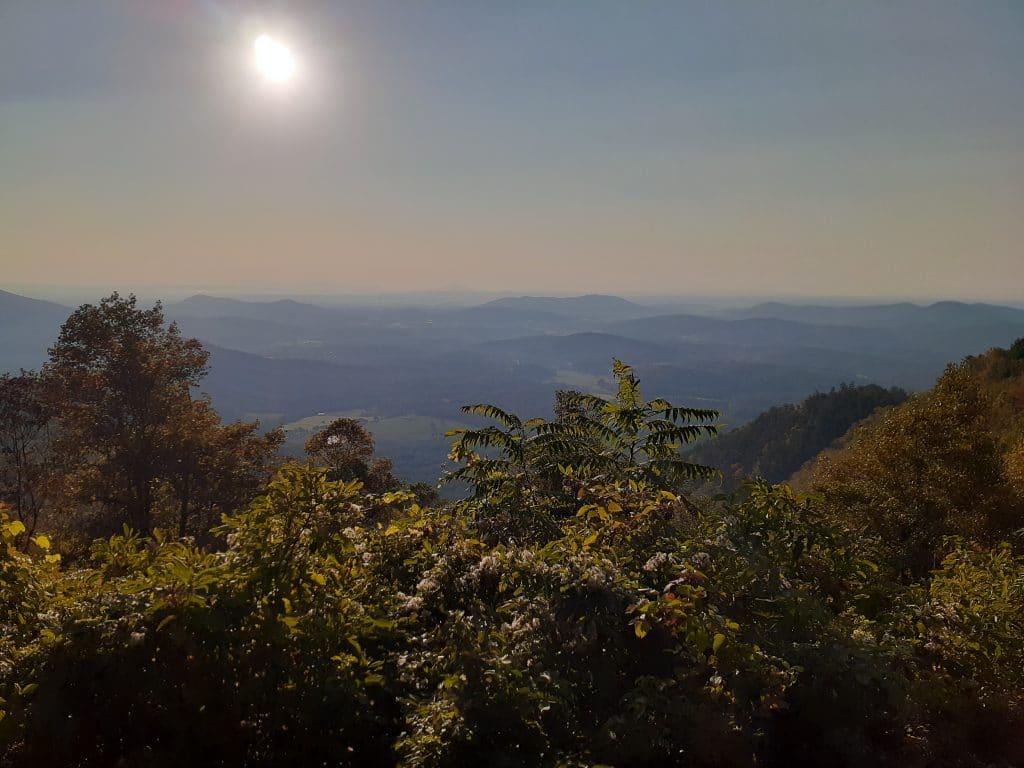
Blue Ridge Morning 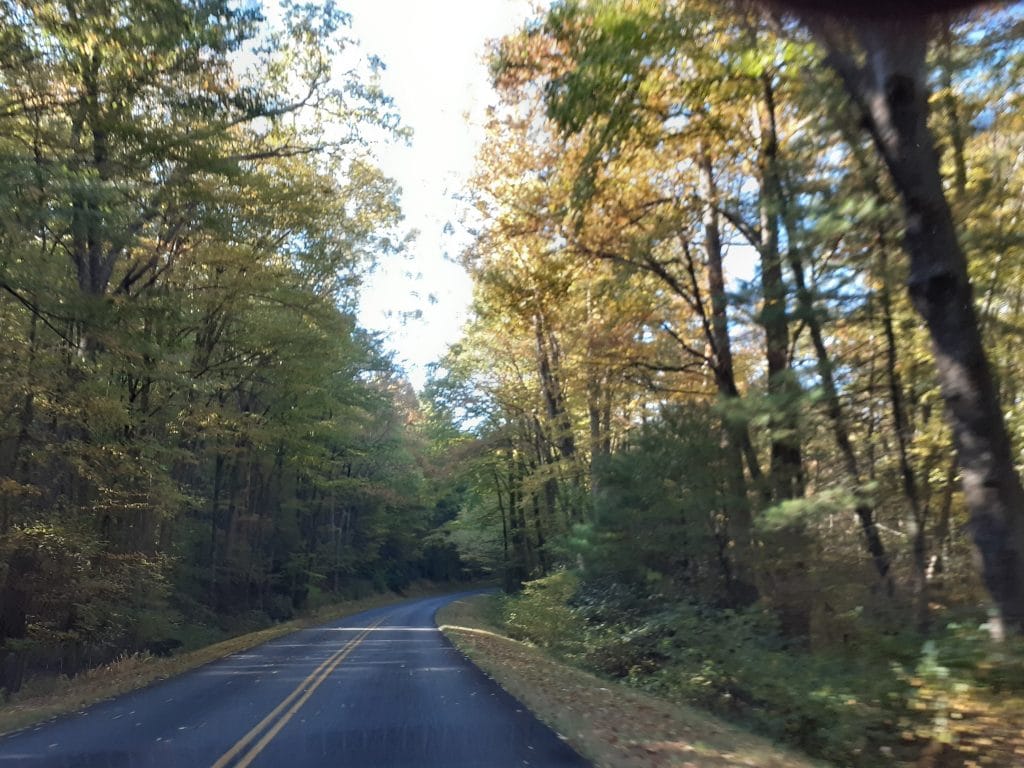
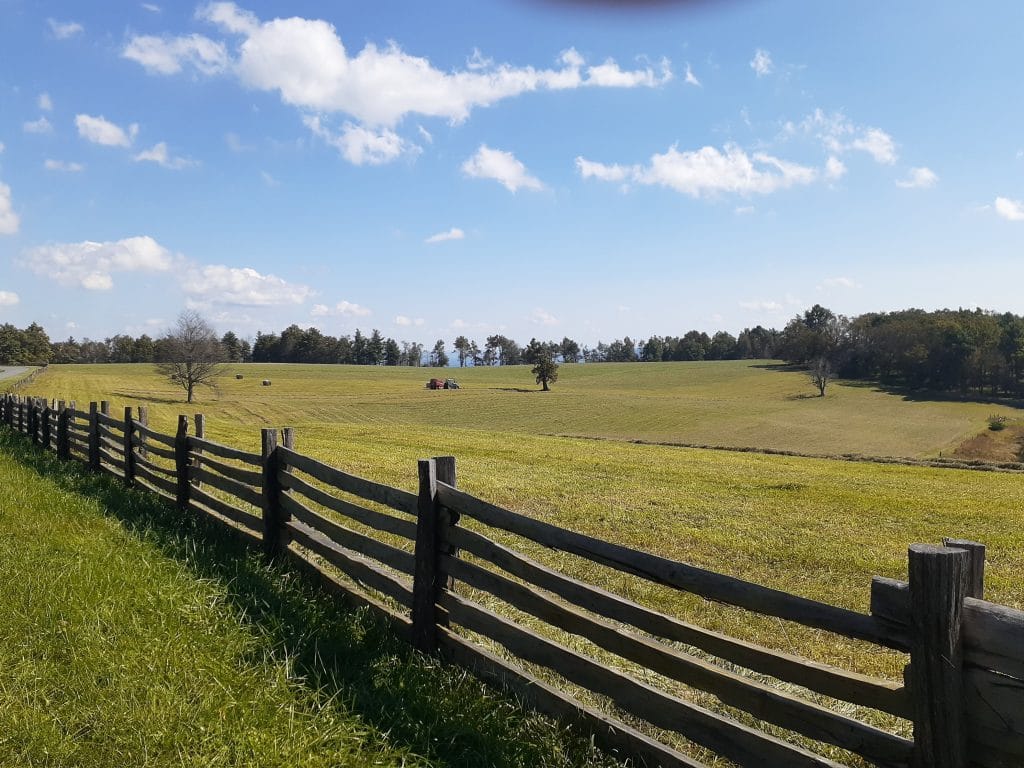
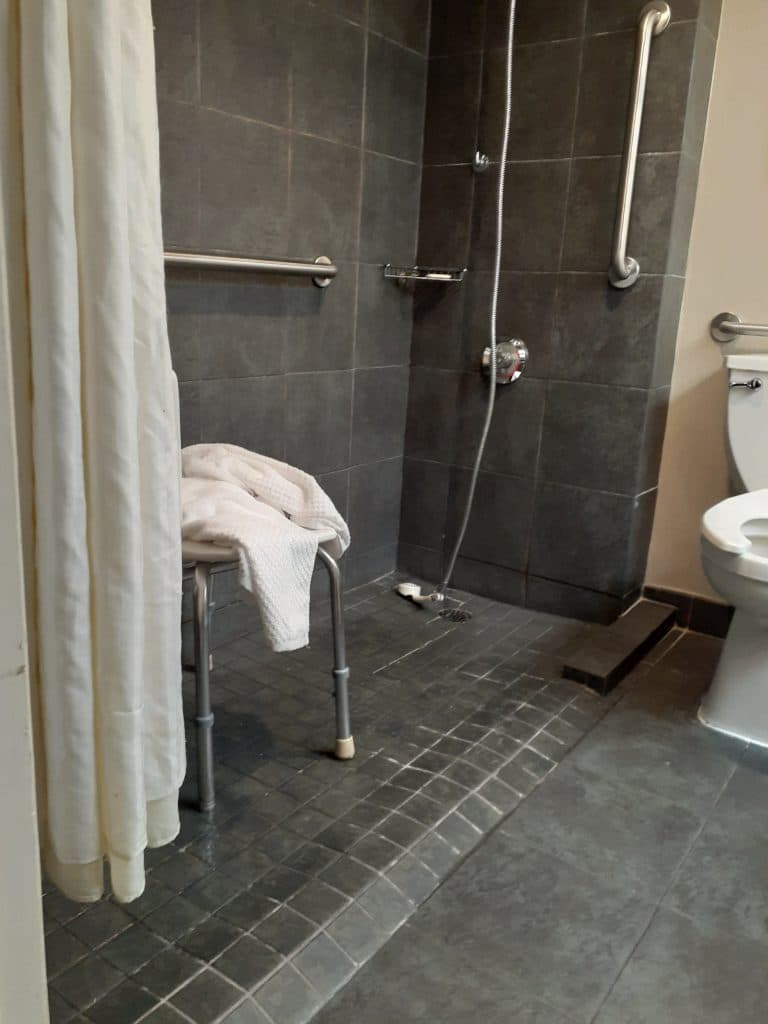
a real leak hazard. 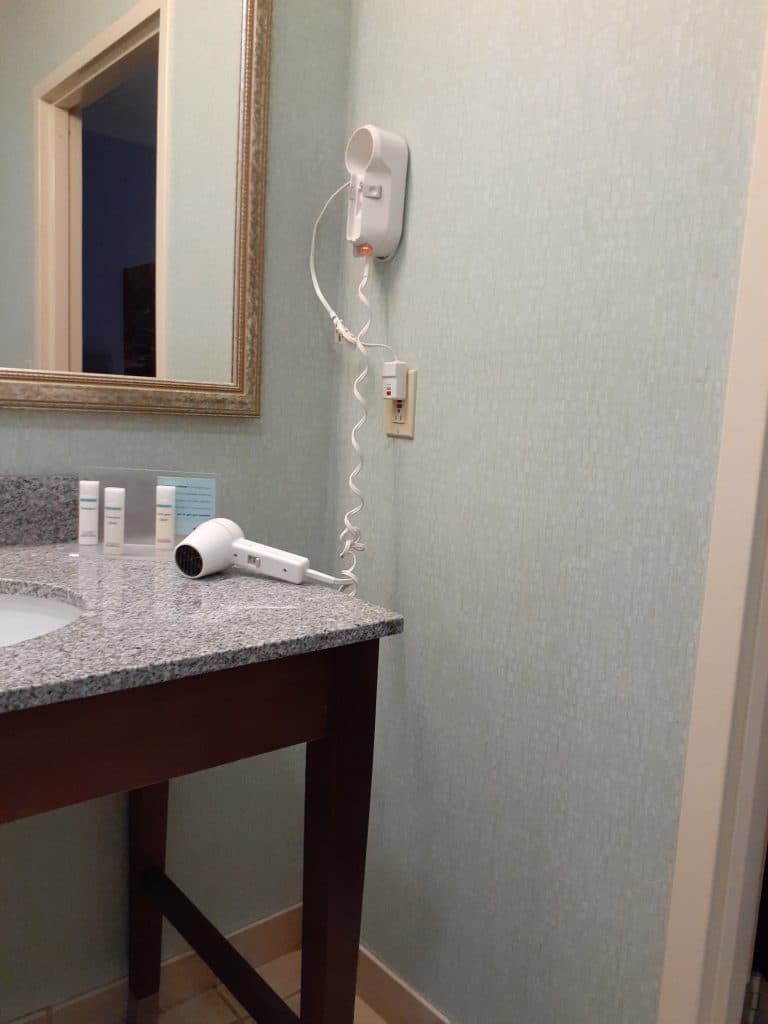
too high to reach 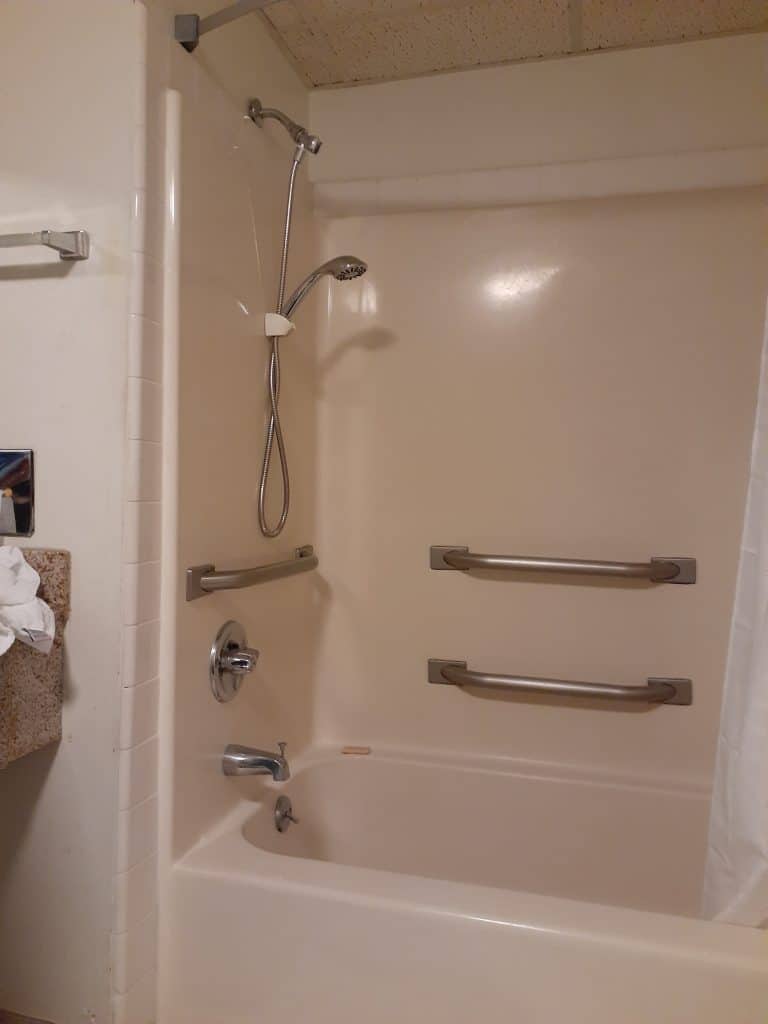
good options

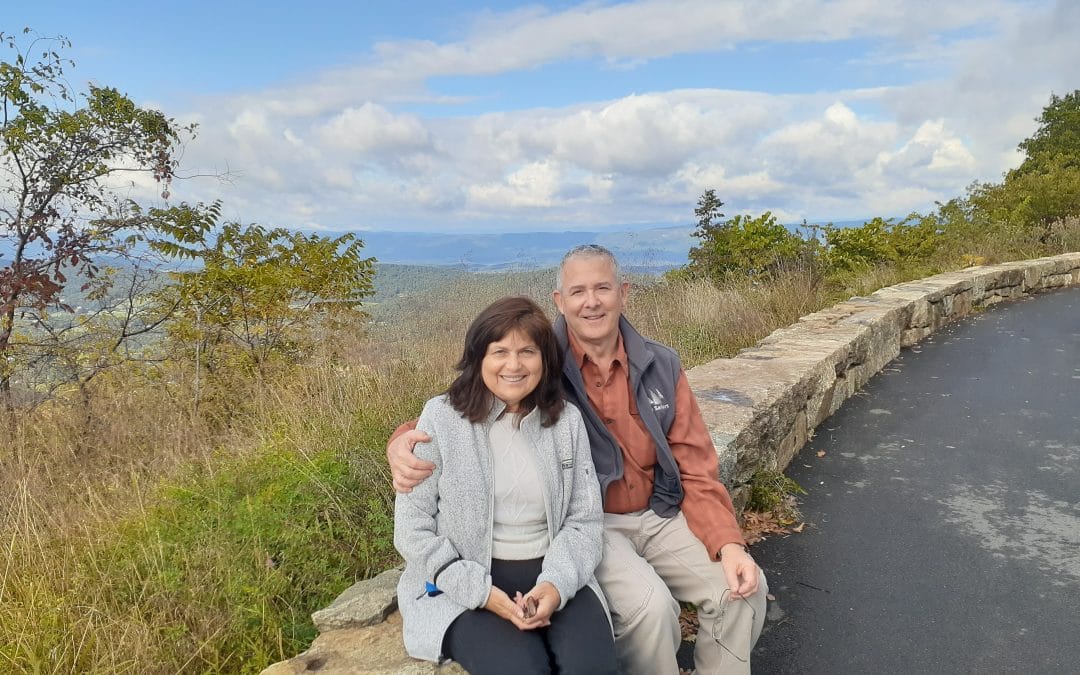
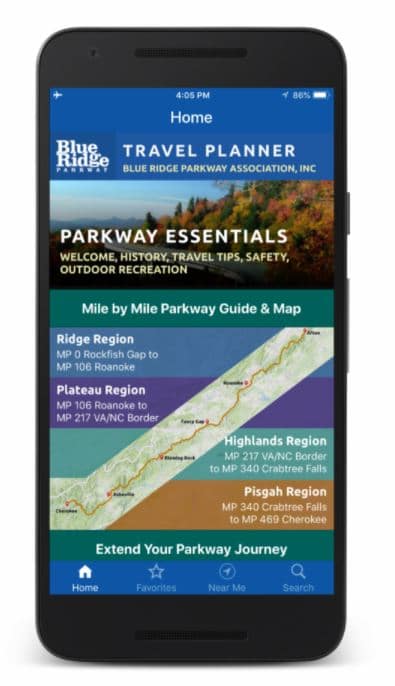
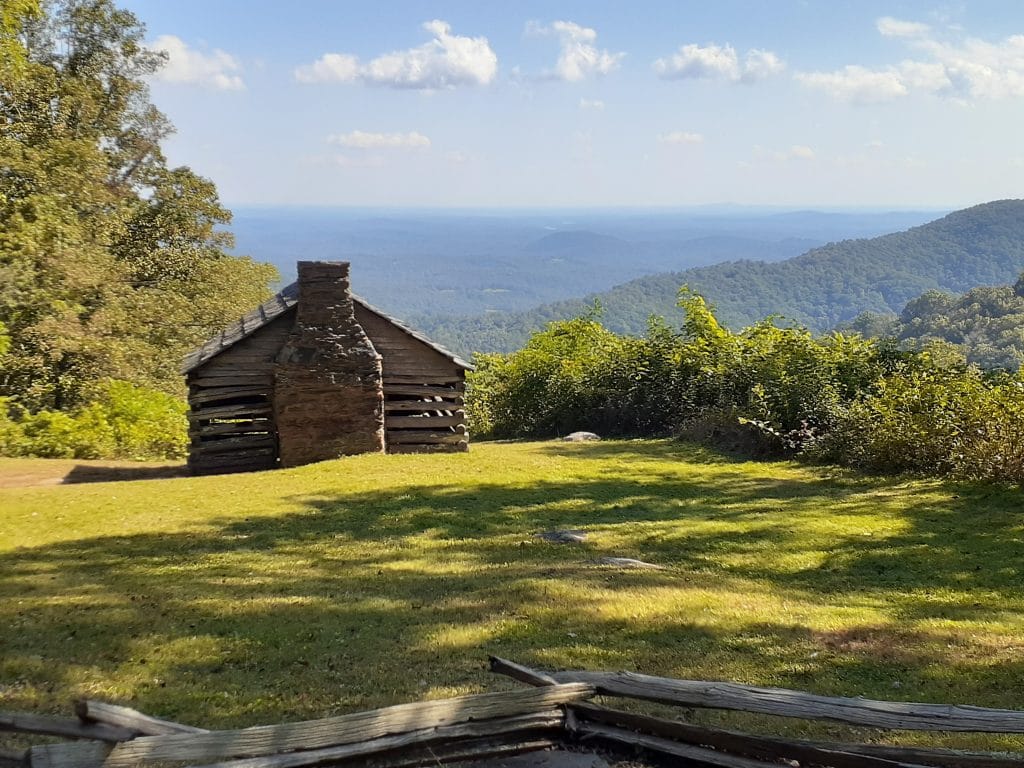
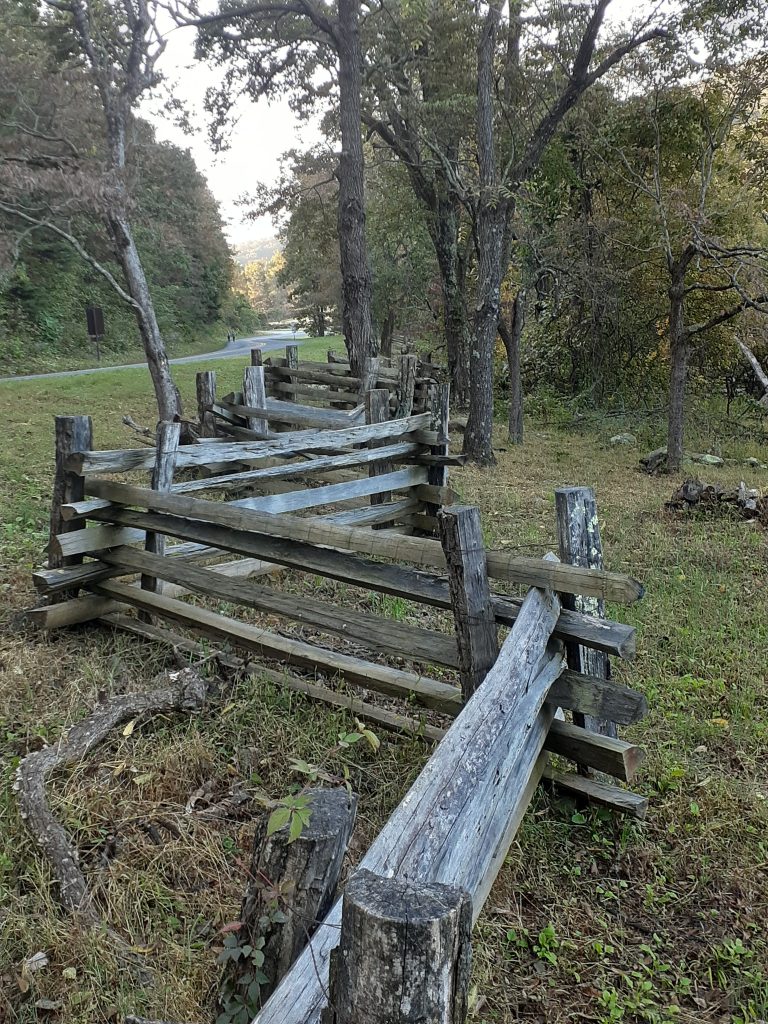
 This website is designed to give you practical tips, advice and links that will support your journey to seek out the solutions that work best for you.
This website is designed to give you practical tips, advice and links that will support your journey to seek out the solutions that work best for you.